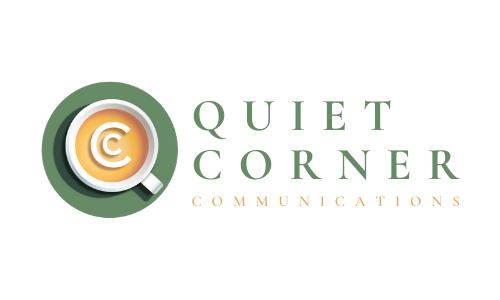The 4 Most Important Types of Written Content for Your Business: A Comprehensive Guide
We’re writers so you don’t have to be — but just because you’re not the one putting fingers to keys doesn’t mean you should be completely hands-off your content creation process.
To get the most out of any written content, it’s essential to know exactly what you want and have a clear strategy for how it’s going to be used. If you’re confusing your whitepapers with your case studies, you’re undoubtedly going to confuse your content writer — and that’s how you end up with deliverables that don’t meet expectations.
But we’re not about to let readers of the QCC blog engage in future content conversations uninformed — that’s why we’ve compiled this handy guide explaining the differences, strategies, and best practices for four of the most important types of written content.
Blog posts
Audience: If we envision written content against the standard customer funnel, blog content is near the top. A blog post can communicate any number of things, but if written well, it should act as a magnet for potential customers, drawing them in with effective keyword placement and keeping them reading with engaging, accessible, and/or entertaining information.
Length: A good blog post should convey authority without giving everything away. Some will tell you that to be authoritative you have to hit 2,000 words. Google may agree, but 1,000 words can get the job done with a skilled writer at the helm.
Best practices: Leave readers interested and give them an easy way to access more information with strategically placed CTAs and links to other content.
Goal: Offer valuable information and affirm brand identity by publishing blog content that answers prevalent questions and quickly communicates valuable information.
White papers
Target audience: White papers are either for specific people looking for information on a specific subject (communicated and connected by precise keywords) or for blog readers poised to advance down the funnel. A well-placed white paper can tease a deeper dive from a blog post, inviting readers to learn more. For example, a blog post on AI trends might contain a link to a white paper on recent advancements in neural search. Not everyone reading the blog is going to be interested in the white paper, but those who do indicate a level of interest are prime for further content delivery.
Length: Since white papers often take the form of a study or report, they tend to skew on the longer side. 2,500-5,000 words hit the sweet spot, though there are certainly shorter (and definitely longer) white papers out there.
Best practices: If you’re looking to gain some additional insight into your audience, place white papers behind a registration wall. Just make sure accessing the content is not overly complicated, or run the risk of people getting frustrated and losing interest.
Goal: Establish authority by offering valuable insight into specific, brand-aligned subjects.
Case studies
Target audience: Case studies are for potential customers who need a little convincing. They give readers an idea of your process — and serve as an organic way to showcase success and present positive feedback. Case studies are also a good way to tell potential customers how your product or service solves a specific problem they are struggling with.
Length: Case studies should be long enough to paint a full picture but short enough to be consumed quickly, if not spontaneously. 300-700 words is a good range.
Best practices: To avoid appearing inauthentic, swap the hard sell for an accurate depiction of your process and what makes it great. Primary quotes from clients testifying to your expertise are even better.
Goal: Build trust through transparency and credibility through the objective articulation of your value.
Email newsletters
Target audience: Email newsletters are pretty far down the funnel since most require some kind of voluntary subscription, purchase, or previous engagement. However, they are an essential component of any nurturing campaign and a key factor in retention.
Length: When it comes to crafting emails people want to open, let alone read, brevity is the best policy. HubSpot says the ideal email length is between just 50-125 words.
Best practices: Subject lines are often what make or break an open rate, so make sure you’re clearly articulating the value of the content the newsletter contains.
Goal: Increase brand familiarity through regular cadence, establish thought leadership, and drive website traffic by teasing content and providing prominent links to access it.
How to determine which type of written content is right for your business
Mapping written content to the customer journey reveals an ideal, interconnected progression of content consumption: blog posts capture attention and create familiarity, white papers establish authority, case studies build trust, and email newsletters keep readers engaged. However, if budget and bandwidth prevent you from creating all four types of written content, we recommend focusing on material that caters to each end of the funnel. What this specifically looks like varies according to industry specifics and individual goals, but what remains consistent is the need for a content strategy before the creation process begins. If you’re already planning to outsource written content, chances are your content marketing agency can help — also ensuring your content goals, strategy, and creative process are aligned and optimized for maximum performance.





